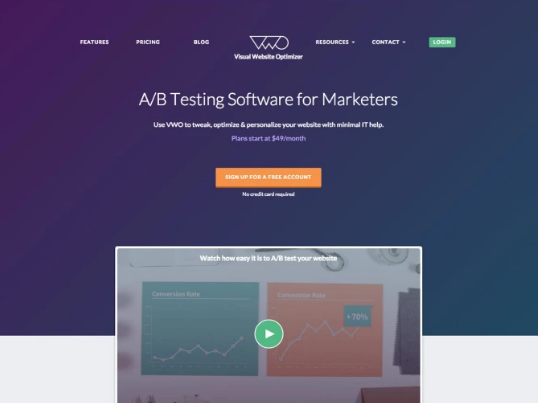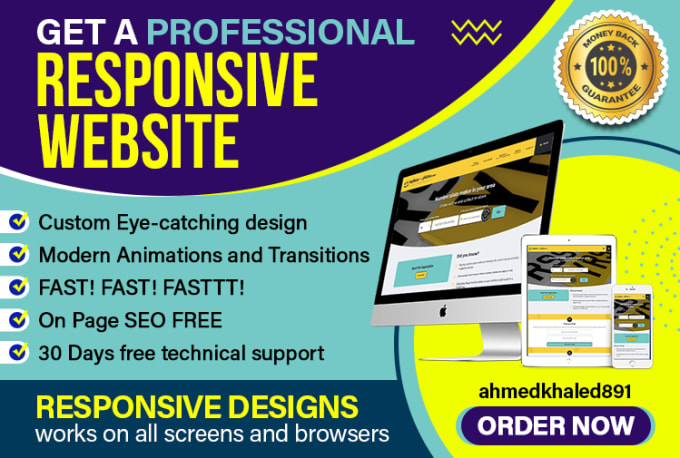
Responsive web designs
During the early times of Responsive Website styles, pages ended up created to focus on a certain screen dimensions. When the user had a bigger or smaller sized monitor as opposed to designer expected benefits ranged from unwanted scrollbars to overly prolonged line lengths, and poor use of Place. As more varied display screen dimensions became obtainable, the strategy of responsive Website design (RWD) appeared, a list of practices that permits Websites to alter their format and visual appearance to fit distinct display screen widths, resolutions, and many others. It is an concept that changed the way we style for any multi-system World-wide-web, and in the following paragraphs, we will make it easier to understand the main techniques you have to know to grasp it.
For Great Responsive Website design Click this link : https://cutt.ly/sri0c06
Historic Internet site layouts

At 1 point in record you had two options when coming up with an internet site:
- You visit could develop a liquid web site, which might stretch to fill the browser window
- or even a preset width internet site, which might be a fixed dimensions in pixels.
Both of these methods tended to cause an internet site that looked its finest about the screen of the individual building the internet site!
The liquid website resulted inside a squashed layout on more compact screens
Versatile layout ahead of responsive structure

Many approaches were developed to test to unravel the downsides of the liquid or fixed-width ways of building Web sites.
In 2004 Cameron Adams wrote a publish entitled Resolution dependent format, describing a method of making a layout that might adapt to distinct display resolutions.
This method needed JavaScript to detect the screen resolution and cargo the correct CSS.
Responsive design and style
The phrase responsive structure was coined by Ethan Marcotte in 2010 and explained using three procedures together.
- The first was the idea of fluid grids, something which was presently being explored by Gillenwater
- and may be browse up on in Marcotte's short article, Fluid Grids (printed in 2009 on An inventory Aside).
- The second approach was the thought of fluid illustrations or photos. Using a very simple system of environment theÂ
max-width property toÂ100%, illustrations or photos would scale down scaled-down if their that contains column turned narrower compared to impression's intrinsic sizing, but in no way mature bigger. - This permits an image to scale right down to fit in a flexibly-sized column, instead of overflow it
- but not develop more substantial and come to be pixellated In the event the column gets to be wider than the image.
- The 3rd vital element was the media query. Media Queries help the kind of structure swap that Cameron Adams experienced Formerly explored employing JavaScript, employing only CSS. As an alternative to obtaining one particular layout for all screen dimensions, the format may be adjusted. Sidebars could possibly be repositioned for your smaller monitor, or alternate navigation may be displayed.